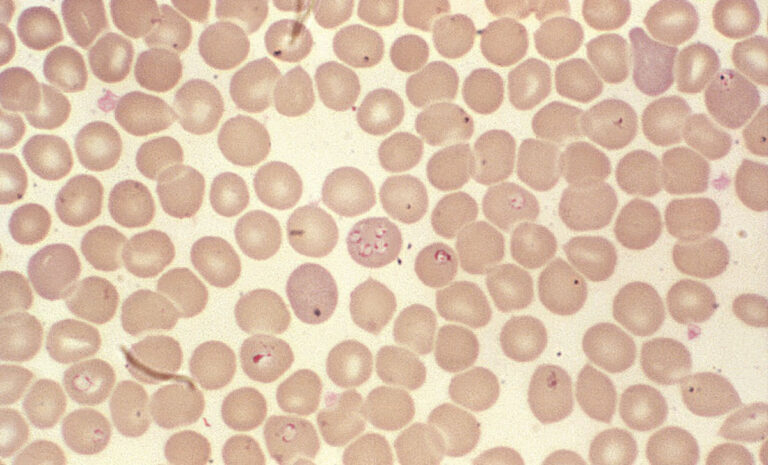By Santa J. Bartholomew M.D. FAAP, FCCM
Ticks and Other Creepy Crawlers Are in Season!
With the onset of warm weather in the United States children and their families head outside, vacation in national parks and beaches and generally enjoy nature. This unfortunately comes with some inherent risks that parents need to be aware of. We begin to share our homes and campers and tent with natures other creatures: ticks, spiders, centipedes, millipedes, scorpions, bees, wasps, hornets, fire ants and the slithering snakes looking to get cool in the heat. Today we will take a walk among these creatures, what to do when bitten and when to seek medical attention.
Ticks
are a major cause of morbidity and mortality globally. In the USA tick borne diseases are occurring more frequently. In the last decade we have seen 400,000 cases of Lyme disease, 40,000 cases of Ehrlichiosis, 40,000 case of spotted fever. The causative agent in each of these diseases are a spirochete that lives inside the tick and is introduced to the human host when bitten by a tick.
- Lyme Disease from the Borrelia Burgdorferi which is carried by a black-legged tick or western black-legged tick also known as deer ticks. When bitten the saliva of the tick full of the spirochete is transferred to its host, the human bitten. There is a 3–32-day incubation period before symptoms begin. Then there are then three phases of disease: early localized, early disseminated and late. The first signs of disease are lesions on the skin called Erythema migrans which look like a bull’s eye pattern rash on the skin. It is usually painless and can vary in size. The person may also have mild fever, headache, muscle and joint aches. If not treated the disease can progress to infections of the central nervous system, the peripheral nerves, the joints and most concerning the electrical system of the heart causing rhythm disturbances. If still not diagnosed and treated victims can go on to have encephalopathy and large joint arthritis and myriad of heart troubles.
ANTIBIOTIC TREATMENT IS IMPERATIVE!
The Common Deer Tick
Borrelia Burgdorferi
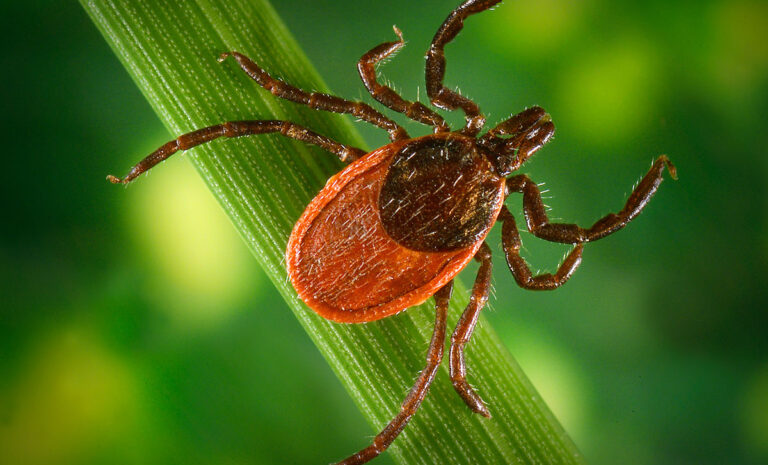
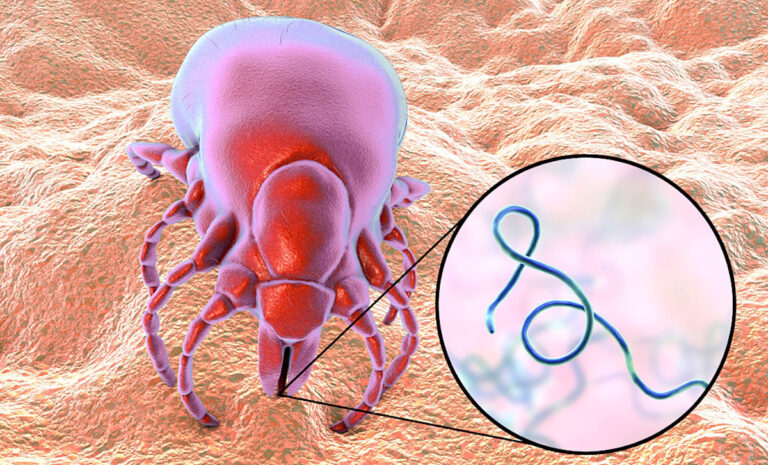
Erythema Migrans
Lyme Disease
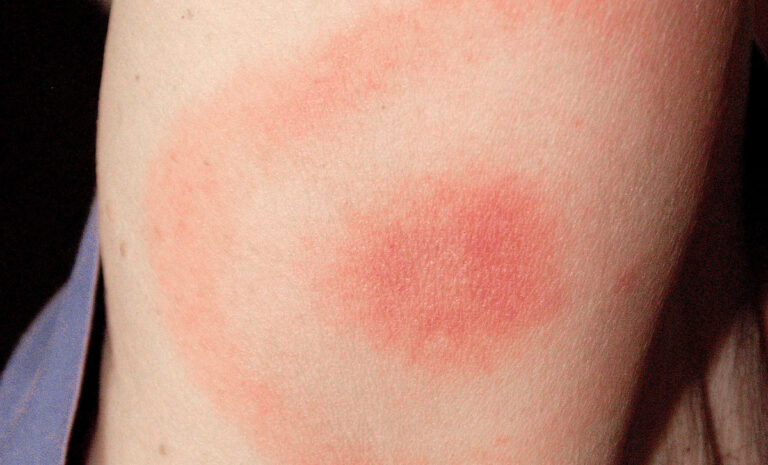
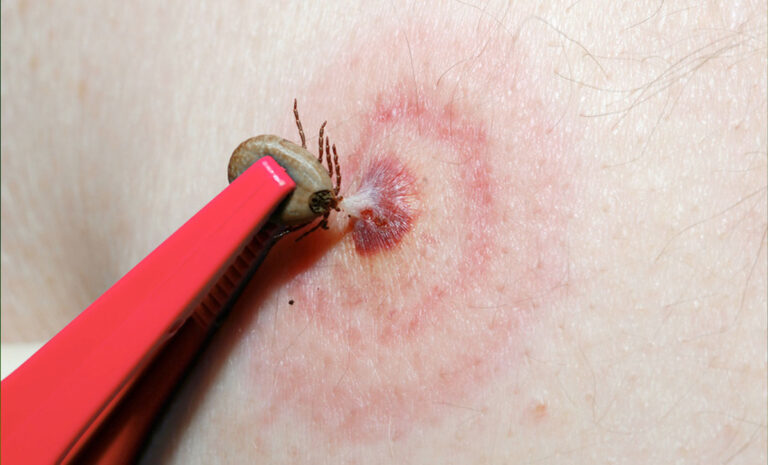
- Erlichiosis is a germ from a family of bacteria called Anaplamataceae that live inside of the cells of their host. There are several different kinds but the most common in the USA is chaffeensis. The bacteria once inside the human body like to live inside of the white cells, they too are transmitted by the Lonestar tick. There is 5-14 day incubation period before symptoms appear. Symptoms include: fever, chills, headache, body aches, diffuse erythematous rash, abdominal pain, vomiting, diarrhea. In severe cases toxic shock, renal failure, liver failure.
ANTIBIOTIC THERAPY IS REQUIRED!
Ehrlichosis
Chaffeensis
Lonestar Tick
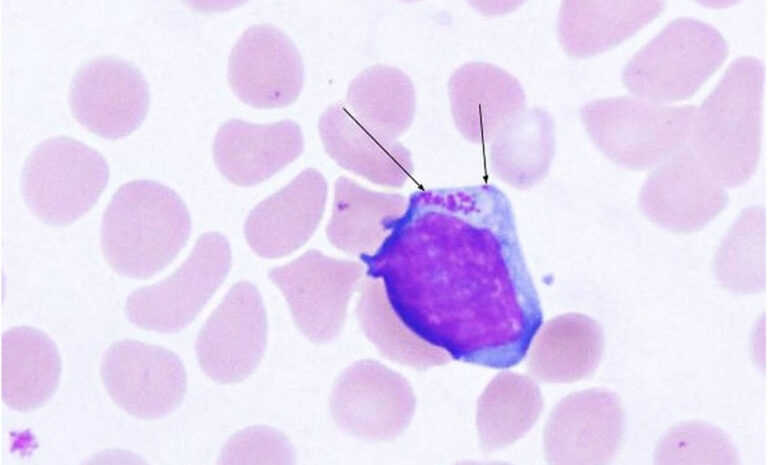
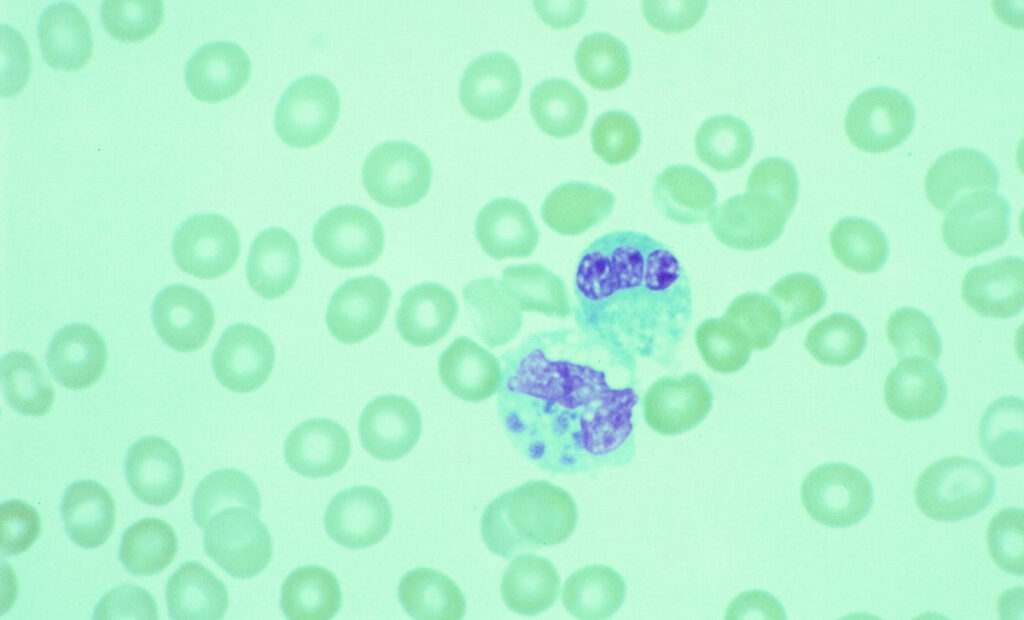
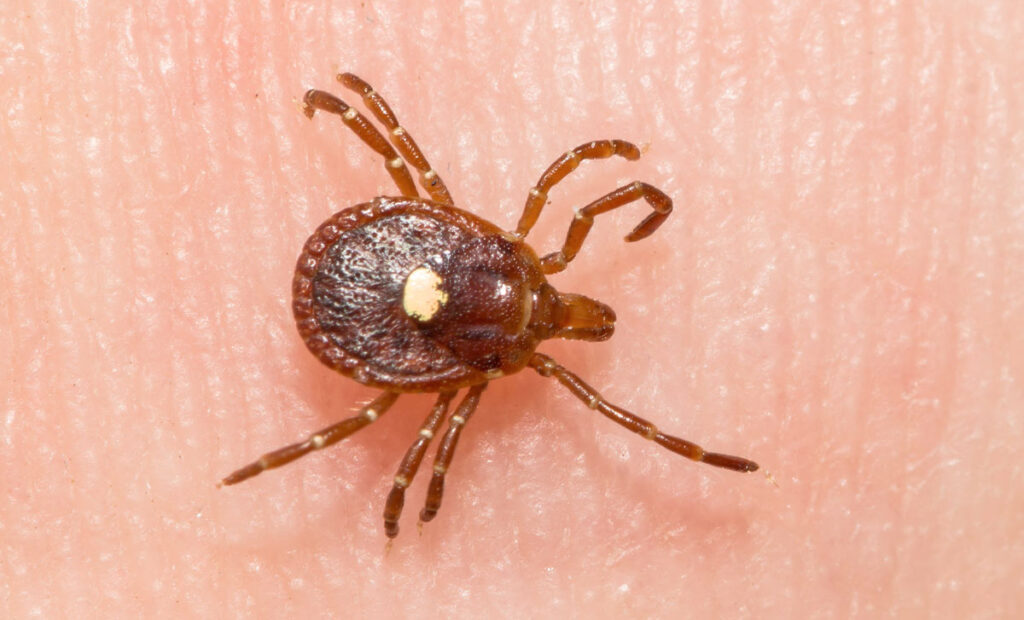
- Rocky Mountain Spotted Fever has caused 40,000 infections since 2006. The infection is caused by a germ called Rickettsia parkeri that is transmitted by three different ticks: the American dog tick, the Rocky Mountain wood tick and the Brown dog tick. This Rickettsia is also a germ that lives inside the cells of its host, targeting mostly cells in the vascular system causing leaky blood vessels and swelling. The incubation period is 3-12 days and RMSF also presents in humans in stages. Stage one consists of fever, severe headache, abdominal pain, nausea, and vomiting, swelling or hands and around eyes and photophobia (sensitivity to light). In the later stages people can go into coma, have severe compromise of their breathing and necrosis where the bite occurred. The rash in RMSF occurs between days 2-5 and later in the disease become petechial.
ANTIBIOTIC THERAPY IS REQUIRED!
Rickettsia Parkeri
American Dog Tick
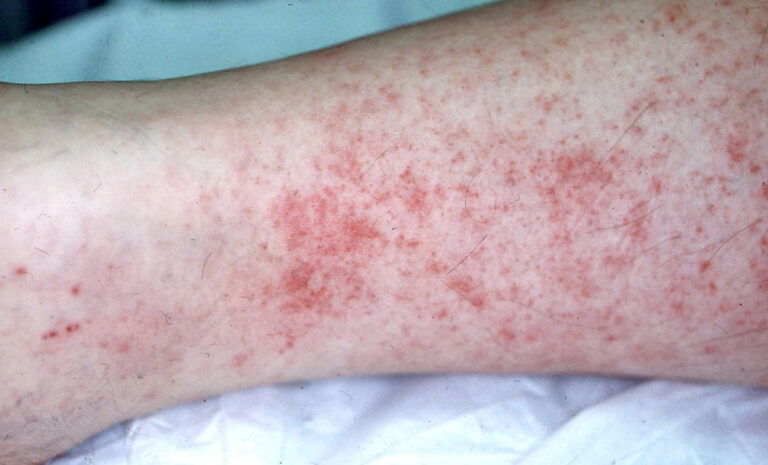
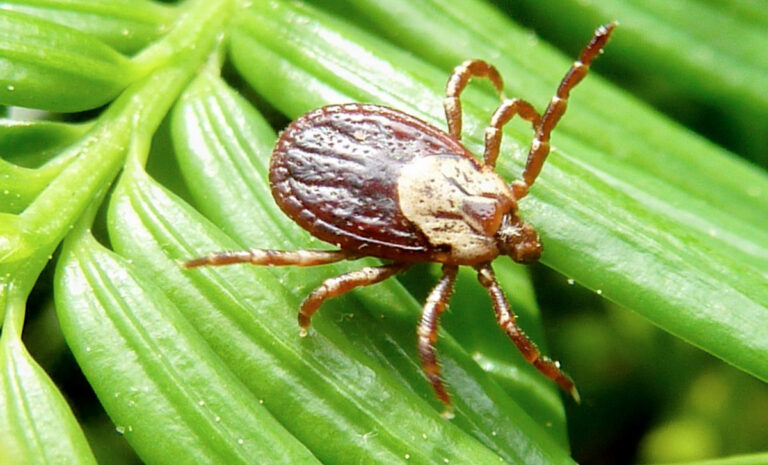
Rocky Mountain Wood Tick
Brown Dog Tick
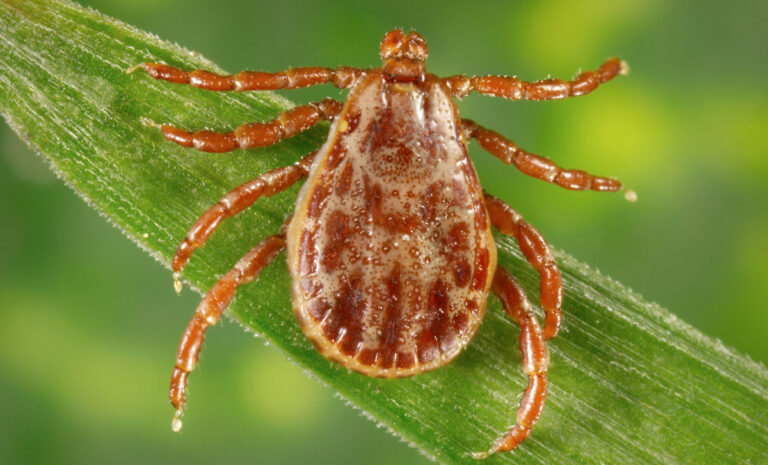
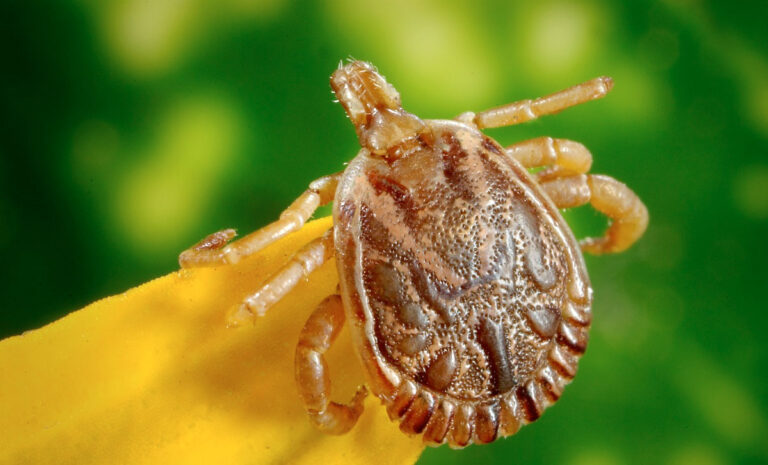
- Babesiosis – 10,000 cases between 2011 and 2016, most cases in New England and Mid-Atlantic region. The most common organism in the United States is Babesia microti, these germs target red cells in the victim. It is transmitted via the black legged tick (which primarily lives on white footed mice). Incubation is 1-9 weeks and symptoms can vary from very mild cold like symptoms to very severe potentially fatal. There is usually gradual onset of fatigue, anorexia then flu-like symptoms (out of the typical flu season), the progression onto enlarged liver and spleen, renal failure, DIC and coma.
ANTIBIOTIC THERAPY IS REQUIRED!
Babesia Microti
White Footed Mouse
